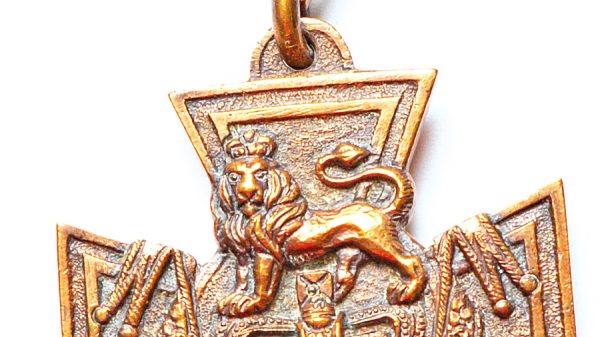July is the month when our perennial borders start to give forth their display, and if early tending and aftercare, staking and supporting was carried out then everything should look comfortable and upright. If you seemed to run out of time then its probably best just to let all your plants have a natural intertwined look this year. Trying to stake and straighten crooked stems is a nightmare, just let things relax and accept that at the end of the year you can cut them all down and make a note in the diary to stake and support earlier next year. There are a couple of tricks you can employ to keep the border looking tidy, the first and most obvious is to remove faded flowers and finished spikes of Lupins and Delphiniums.
When you think of the growth herbaceous perennials produce in a year this must give you a clue that they do benefit from a mid season feed, a good general fertiliser or liquid feed applied after you have removed the flowering spikes will help the plant build up strength and in most cases will result in a later flush of flower. Not as flamboyant but a valuable splash of colour. There is also a technique called ‘The Hampton Hack’, most gardeners have heard of the ‘Chelsea chop’, trimming vigorous perennials such as hardy geraniums down by a half keeping them tidy and only slightly delaying flowering, well the ‘Hampton Hack is a similar principle, carried out around the time of the Hampton Court Flower Show there is still time to cut back and tidy up some of our border plants. Straggly Violas, Helianthemums, Astrantias, and Hardy Geraniums (not given the ‘Chelsea Chop’) can be cut back by half, encouraging them to produce a less floppy plant flowering a little later than normal. Early summer flowering shrubs such as Philadelphus (Mock Orange) and Wlgelia can also be tidied up and thinned out this month, giving them chance to produce shoots throughout the remainder of summer that will flower next year.
Our lawns are subject to much activity throughout the summer months more so in relation to relaxation and entertainment rather than maintenance and it is this activity that effects the lawn the most, compacting the surface and wearing patches of grass, not to mention dry periods and constant mowing. Grass is a most resilient plant indeed if you subject any other plant to regular hard pruning and trampling they wouldn’t be around for long. Watering during dry spells and then a feed midway through the season can help the grass maintain its vigour. If you are applying a granular fertiliser and rain isn’t forecast then water it in otherwise it will scorch resulting in brown patches. There are liquid feeds available from your local garden centre or nursery that can be applied to lawns and generally work more quickly too. I like to rake over the lawn with a wire rake once every month from June to September so that the surface does not become cover compacted and full of grass clippings. This helps reduce the chances of moss and encourages the grass to spread.
Roses are in my opinion a must for every garden, providing a beautiful display, in most cases incredible scent and add valuable structure to a border. Modern shrub roses are easy to look after and are repeat flowering providing colour from early June right through to October. The trick to improving flowering is to regularly remove fading flowers and feeding with a good quality rose fertiliser, midway throughout the season. Keep an eye out for pests and diseases as greenfly can be a problem. You can use sprays such as Multi-rose which is formulated to control greenfly and fungal disease, but it is best to alternate with a different product each time you spray so that the population of greenfly do not build up a resistance. Soft soap sprays are available that have little or no impact on the environment, but they are only suitable for greenfly and do not control fungal diseases. There are sulphur sprays available that can be used as a preventative spray for mildew and black spot.
Next Month, Seasonal work in the fruit garden, Mid-summer propagation, boost container displays.
Happy Gardening,
Martin







